OUR TEAM

Jhon Tamayo
Founder & Senior Yoga Instructor
Born in 1967 in the vibrant southern region of Colombia, Jhon Tamayo’s journey of self-discovery began at the age of 13 when he left home in search of something deeper. His travels across South America provided him with profound experiences and connections with countless people, which helped shape his understanding of life in a raw and organic way. These experiences became instrumental in his pursuit of inner peace and a deeper connection with his body.
In 1994, Jhon founded the Atmananda Yoga Sequence after witnessing a troubling pattern of yoga injuries among students in New York City. He noticed that many yoga practices were not focused on proper alignment, leading to preventable injuries. Determined to change this, Jhon developed a sequence that not only emphasizes alignment but also empowers practitioners to understand their own bodies better.
Rooted in the traditions of Iyengar, Hatha, and Ashtanga yoga, the Atmananda Yoga Sequence blends these influences into a seamless Vinyasa flow. This method equips students with the tools to identify and address the source of their aches and pains, and it offers the knowledge needed to adjust their practice to prevent future injuries.
Through his dedication to safe and mindful practice, Jhon continues to inspire and guide others on their yoga journeys, offering both an innovative approach to physical practice and a deeper exploration of mindfulness.
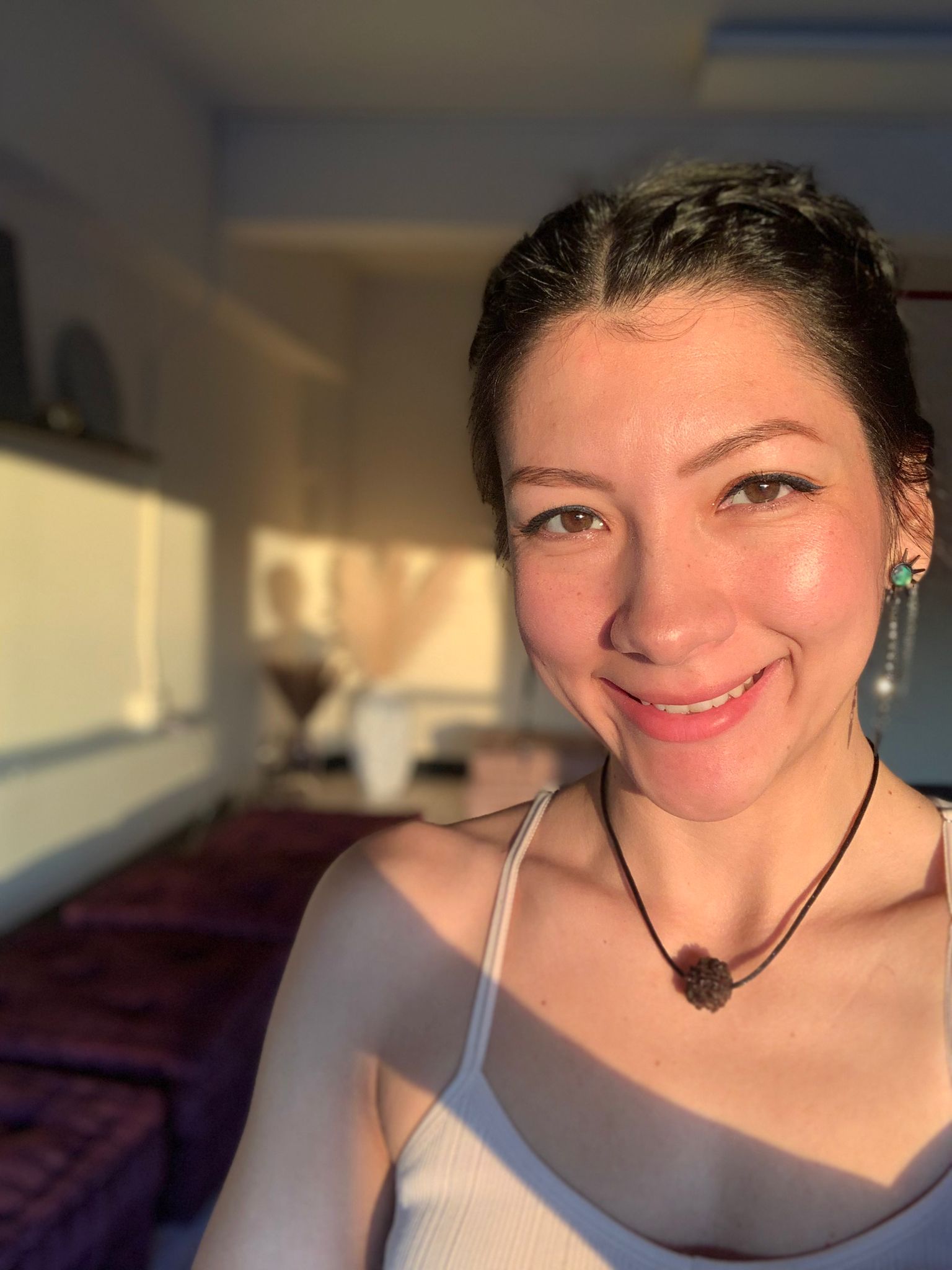
Angelica Tamayo
Yoga Instructor
Born in Colombia, Angelica Tamayo moved to New York City at the age of 30 to deepen her understanding and practice of yoga alongside her father, Jhon Tamayo, the founder of the Atmananda Yoga Sequence. This pivotal move allowed her to immerse herself fully in the teachings of yoga, internalizing its profound impact on both the body and the mind.
Angelica is a certified 500-hour RYT and the manager of Atmananda Yoga New York, where she leads comprehensive teacher training programs ranging from 200-hour to 500-hour certifications. Her classes emphasize the importance of mindful practice, focused breathing, and proper posture and body alignment. She is deeply passionate about guiding her students to cultivate awareness and intentionality in their practice.
For Angelica, yoga is not just a physical practice—it is a journey of self-knowledge. Through introspection, she believes that we can unlock and understand repressed emotions and thoughts. Sharing this transformative process with her students is a source of immense gratitude, as she witnesses firsthand the healing and growth that yoga brings into their lives.
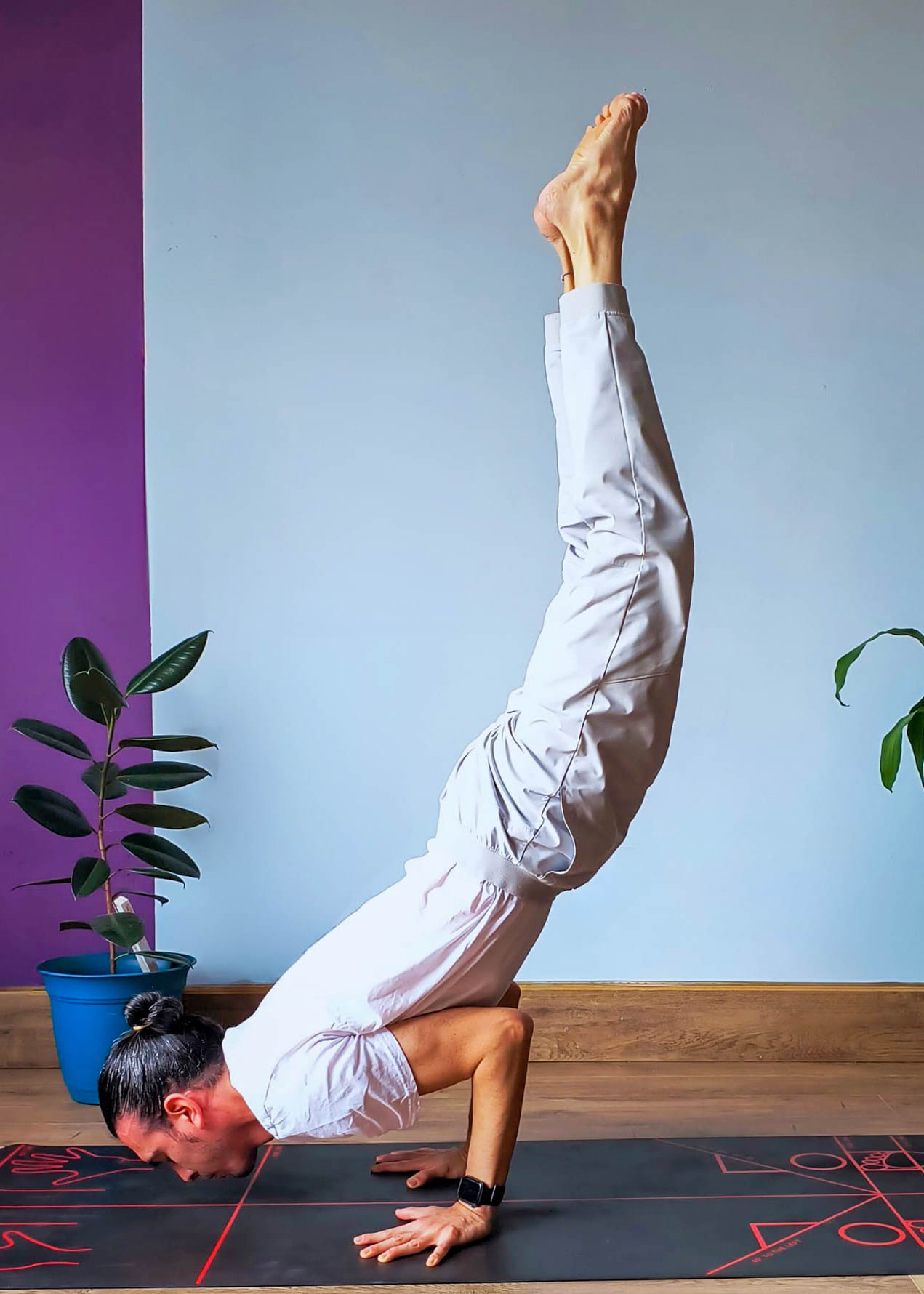
Manuel Lara
yoga instructor
Manuel Lara is a passionate yoga teacher from Argentina who speaks both Spanish and English. After years of suffering from back pain due to scoliosis, Manuel transformed his life by committing to a regular yoga practice, shifting to a healthier and more balanced lifestyle almost overnight. Through consistent effort, he was able to open his body and has been pain-free for many years. His personal experience shapes his teaching style, which focuses on holding positions longer to build core strength and develop good muscle memory. Manuel’s deep understanding of body alignment and movement allows him to help others, especially those dealing with back pain or similar issues, find balance and strength in their own practice.
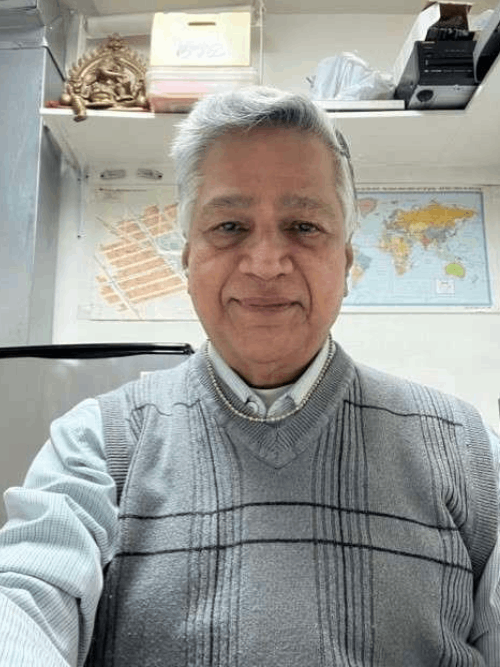
BK Rao
Health Instructor & Vedic Astrologer
B.K. Rao is a highly experienced Ayurvedic & Holistic Health Consultant and Vedic Astrologer with over 50 years of expertise in guiding individuals on their journey to self-healing. Throughout his distinguished career, B.K. Rao has conducted seminars for diverse communities, sharing his deep knowledge on various aspects of Ayurveda and its essential role in the wellness industry. His teachings emphasize how Ayurveda can help prevent, preserve, and promote positive health.
With a focus on the importance of diet, exercise, yoga, and meditation, B.K. Rao prioritizes holistic wellness in daily life. He advocates for the healing power of Ayurveda as a means to support a healthy and balanced lifestyle. His mission is to create greater awareness of this ancient science of self-healing and to empower individuals to take charge of their well-being.
B.K. Rao offers personalized consultations to assess imbalances in an individual’s health and provides tailored guidance and counseling based on Ayurvedic principles. His approach is rooted in the belief that Ayurveda’s simplicity, adaptability, and therapeutic benefits make it a valuable alternative medicine, easily integrated into modern life.
With a background in integrated medicine, Ayurveda, holistic health, and Vedic astrology, B.K. Rao teaches the importance of maintaining a healthy routine through self-discipline, particularly in dietary habits, to achieve optimal health and well-being.
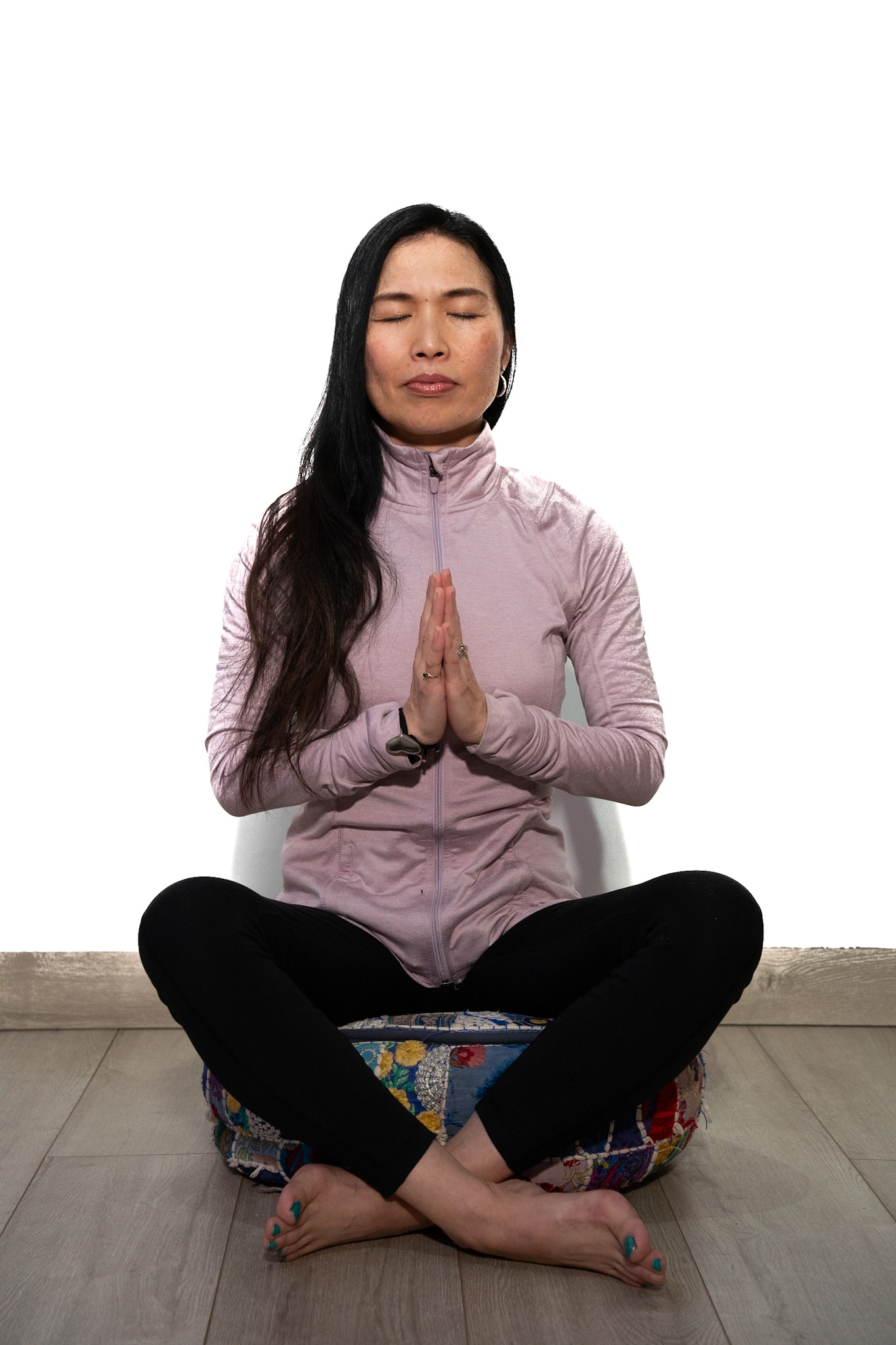
Yuki Henderson
Reiki Master & Teacher
Trained in Reiki directly from Japan, Yuki comes from a lineage of healers, following in the footsteps of her mother and grandmother. Raised in a Shinto household, she developed a deep connection to the natural and spiritual forces that guide healing. Her practice integrates this ancestral wisdom with Reiki to support physical, emotional, and spiritual well-being.
Through her work, Yuki helps individuals relieve pain, reduce stress, and navigate grief and trauma with gentle yet powerful energy healing. She is committed to creating a space for transformation, offering guidance to those seeking balance, renewal, and a deeper connection to themselves.
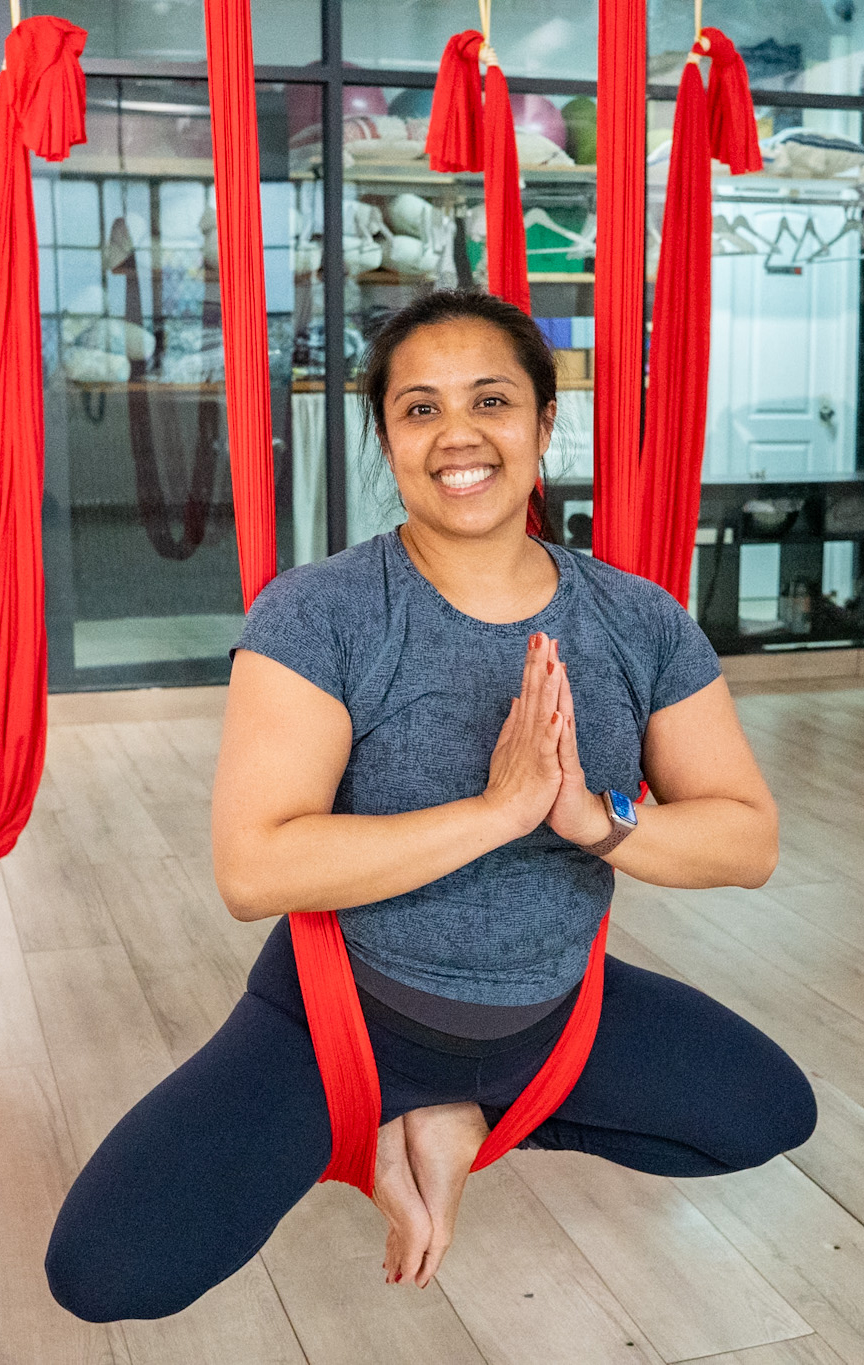
Arlene
Aerial Teacher
Arlene is an avid dancer, aerialist, yogi, and fitness enthusiast. She has over a decade of experience as a group fitness instructor, but finds the most joy as a certified aerial yoga instructor. Her classes are designed to allow students to progress at their own pace in a fun and safe environment. Emphasis is placed on the mind and body connection before learning the fancy tricks. She offers a little something for everybody from aerial restorative classes, gentle aerial, to more advanced tricks and sequences. After taking her classes, you feel stronger with a sense of accomplishment.
ATMANANDA YOGA STUDIOS
Offering expert instructors, diverse classes, and serene spaces for all skill levels. Find your perfect yoga sanctuary today!
